Before starting this project, check out my Practical Guide to Mushroom Gardening for an overview of the different stages of mushroom cultivation. Here's a deep dive on how to create the right environment for fruiting mushrooms outdoors.
The easiest way to grow mushrooms is by setting up a semi-controlled environment in your backyard. It's a fun weekend project for home & community gardens, and can cost less than a raised bed to grow mushrooms year-round!
Planning Your Mushroom Garden
If you're hoping to grow 5-10 pounds of mushrooms every week, your fruiting space can be as simple as buckets or nursery pots stacked under a tree. Patio misters are an affordable way to control the humidity in your mushroom garden, while greenhouse sheeting or tarps will help protect the mushrooms from sun and wind exposure.
It's best to grow mushrooms in a structure that provides shade and can keep humidity in, like a carport. Choosing a lighter color fabric will keep the structure cooler during warm months, while a darker color will absorb some heat and help in colder climates. A temporary greenhouse is another great way to grow, just be sure to set it up in complete shade or use aluminet shade cloth to protect your mushrooms from sun exposure.
As with any hobby, it's best to start small and invest in tools or equipment as you learn. The best way for you to begin may be as simple as clipping a tarp to a PVC frame and hanging patio misters inside! There's plenty of ways to grow - all you need to do is create a humid environment that protects your mushrooms from sun and wind.
Choosing a Location
Great spots to consider for your mushroom garden are under a tree, gazebo, or the North side of a home. Creating an enclosure is ideal: Attaching tarps to 4'x4' posts is a simple solution, while setting up a well-ventilated greenhouse will give you year-round control over the environment.
Equipment Checklist
No matter where you set up, maintaining the right humidity and light is crucial. Here's our recommended shopping list that works well in most scenarios.
Patio misters will need to be set up on both sides of your mushrooms - 42' of mister line is enough to support 2 rows of mushrooms in a 10'x10' space. The goal is to protect your mushrooms from drying out, so make sure they don't receive any direct light and increase the frequency of your misters if you notice them drying out.
1. Prepare the Ground
- Remove any sod or cut grass to the soil with a string trimmer
- Cover the ground with at least 1" of wood chips - I love ChipDrop for free mulch!
2. Build Greenhouse or Shade Structure
- Follow the instructions for setting up your structure and ideally roll up the bottom of the tarp to let CO2 out
- If you're using a greenhouse, install reflective shade cloth over the structure, allowing a very low amount of indirect or filtered light for your mushrooms
3. Install Misters
- Zip-tie patio misters to the top of your structure to create rows on each side of the mushrooms
- Connect the timer to an outdoor faucet and test intervals
- 20 seconds every 60 minutes is often enough in cold and moderate weather
- 30 seconds every 15-30 minutes may be needed for hotter days
Be sure that your patio misters are not spraying your mushrooms directly or dripping on them. Your goal is to humidify the air, not spray your mushrooms.
4. Build Hanging Infrastructure
It's important to get your substrate off the ground one way or another. If you're using grow kits, you can put them on top of used nursery pots or 5 gallon buckets. This blog is focused on growing seasonal oyster mushrooms on straw logs, so I recommend having some way to support the logs from above - this keeps them from tipping over as they shift their weight into mushrooms.
Set 4'x4' posts inside the greenhouse and nail 2'x4's across to create rows to hang your straw logs on. These bike rack hooks are great for hanging logs with an S Hook zip-tied to the top of your straw logs. One of the main benefits to adding these posts is their ability to anchor the greenhouse through severe windstorms, use ground anchors if you choose to not build these supports!
You can also set up metal racking on cinder blocks - this is what we're using in our backyard mini-farm and it works great to prevent pests from climbing on the racks. You want to be sure that your mushrooms are at least 6" off the ground.
5. Pest Control
Hang sticky fly ribbons in areas where they aren't at risk of touching your mushrooms. Consider adding mosquito netting if insects are still a problem, this brand works against the tiny mosquitos we're seeing lots of in Northern California.
Now, get ready to pasteurize some straw and start growing your own mushrooms!
I'm still working on this guide, if you have comments or suggestions please email me at Brandon@spawnshroomhouse.com
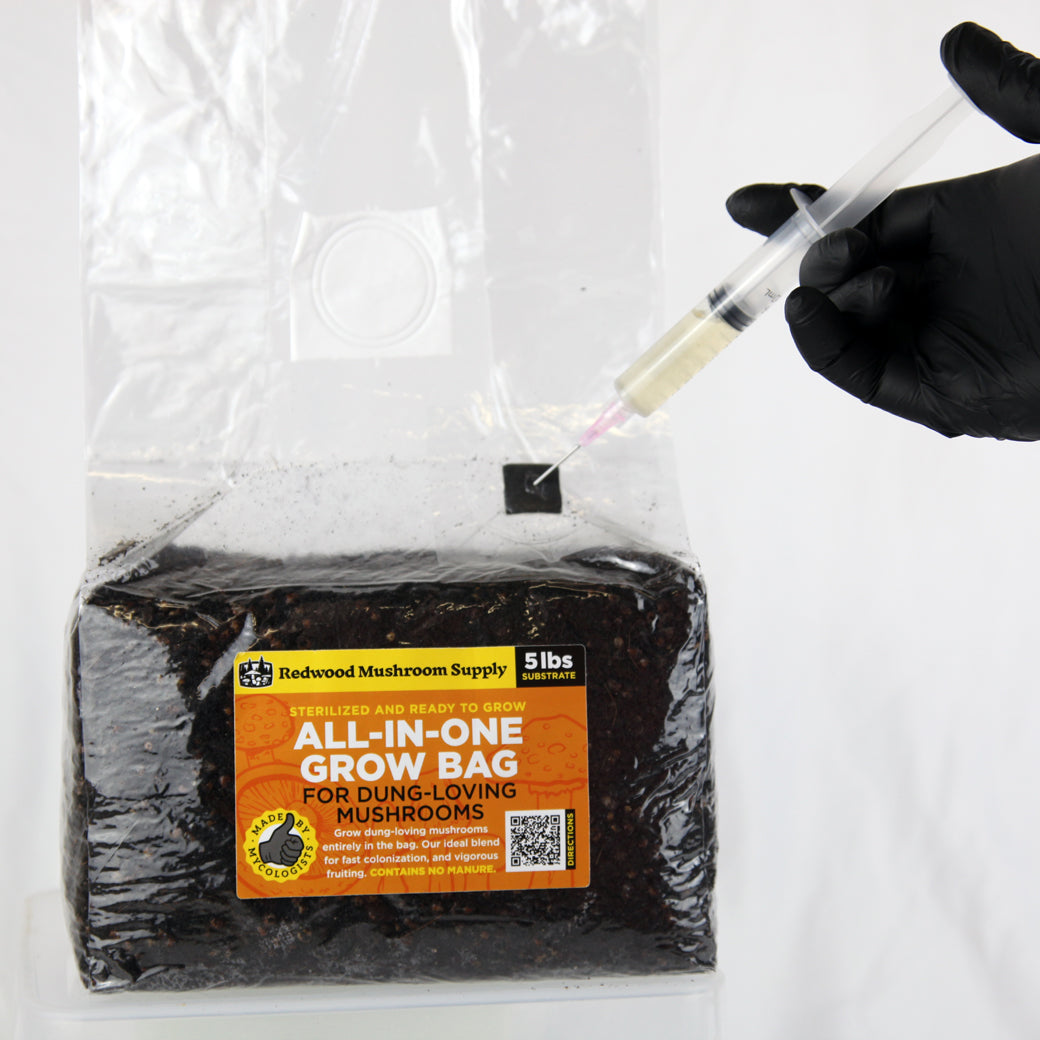

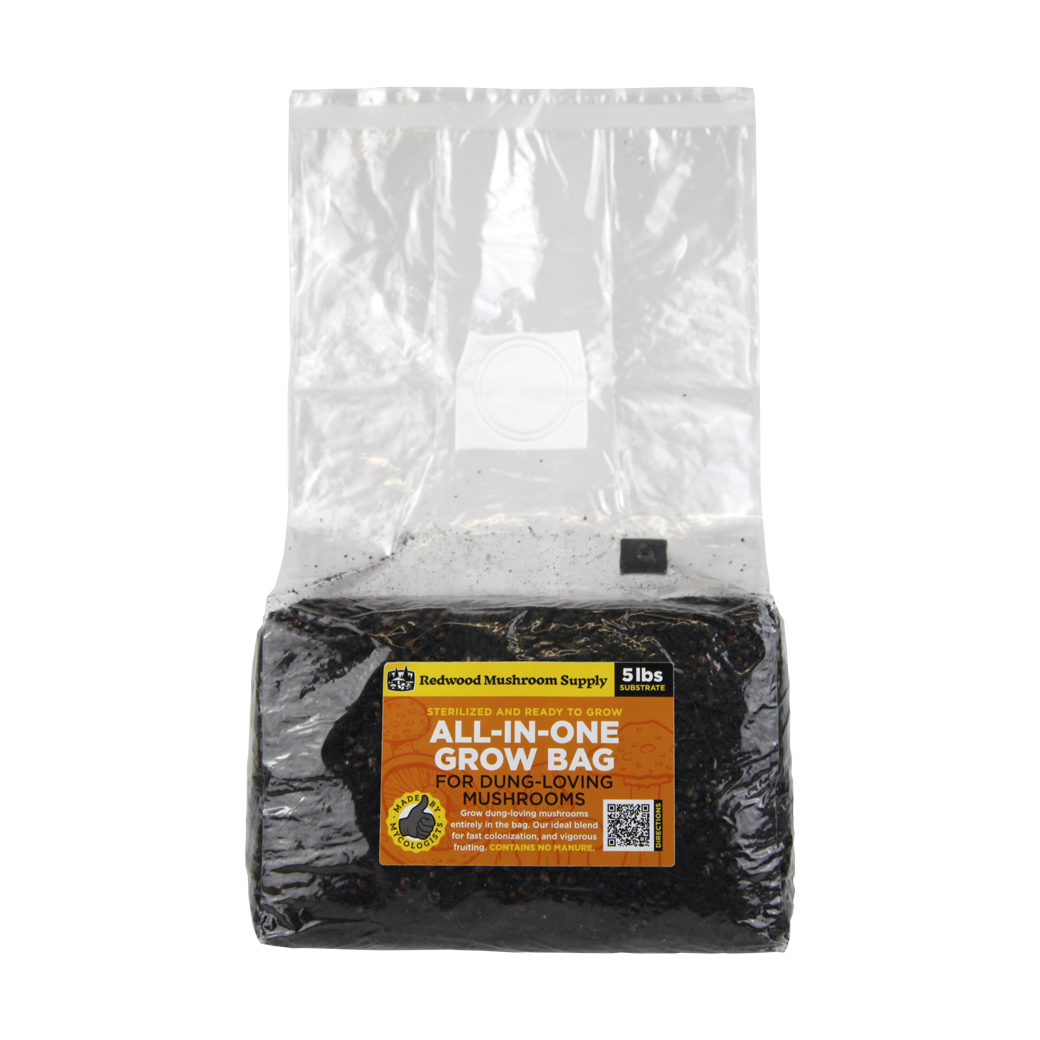

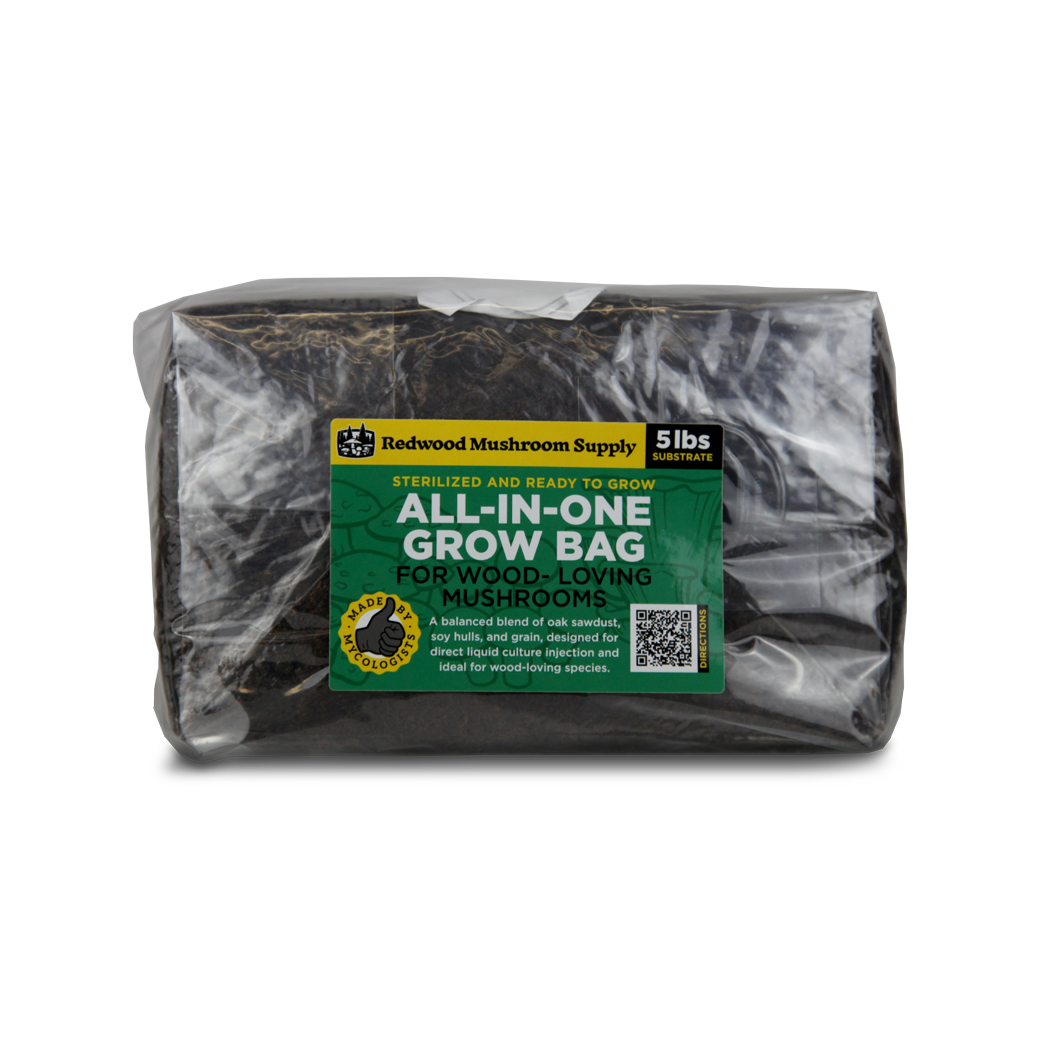

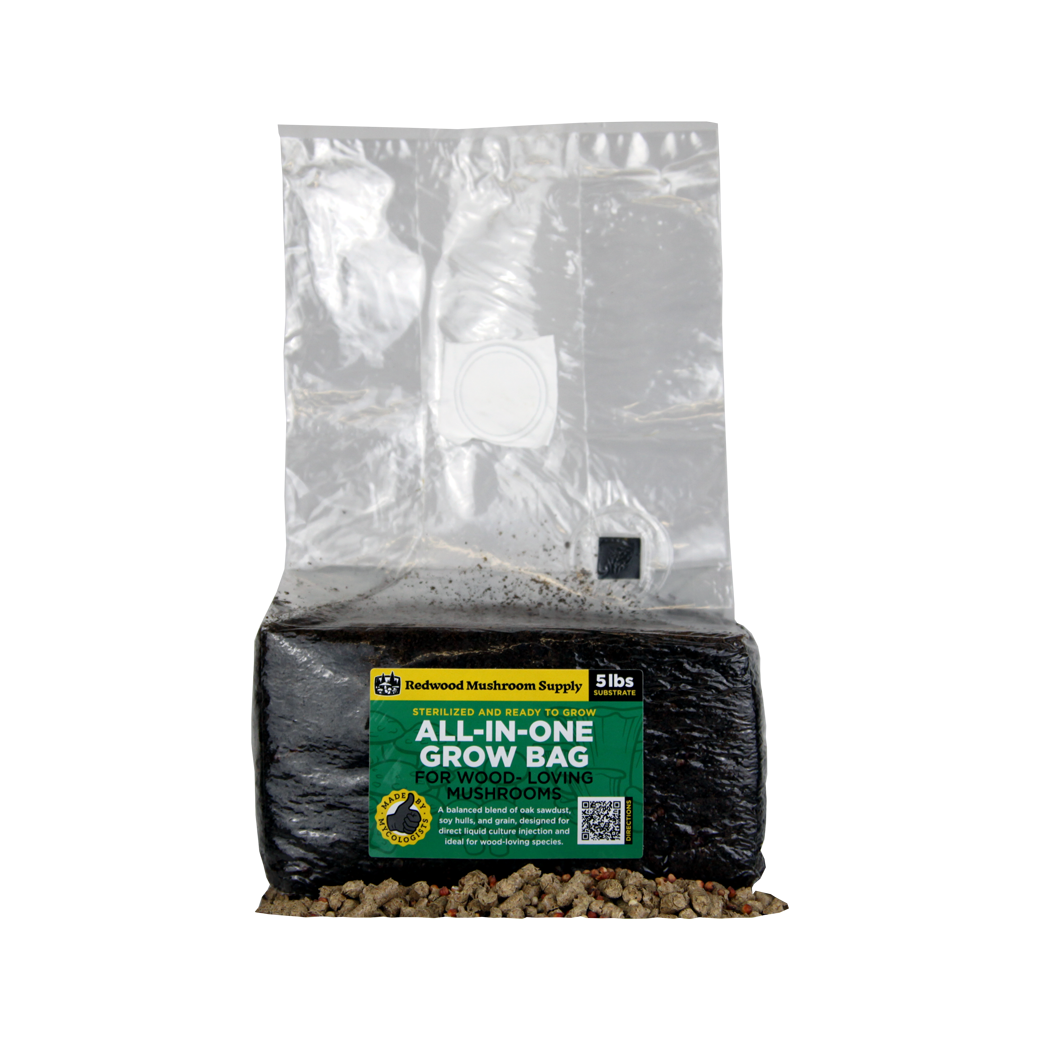

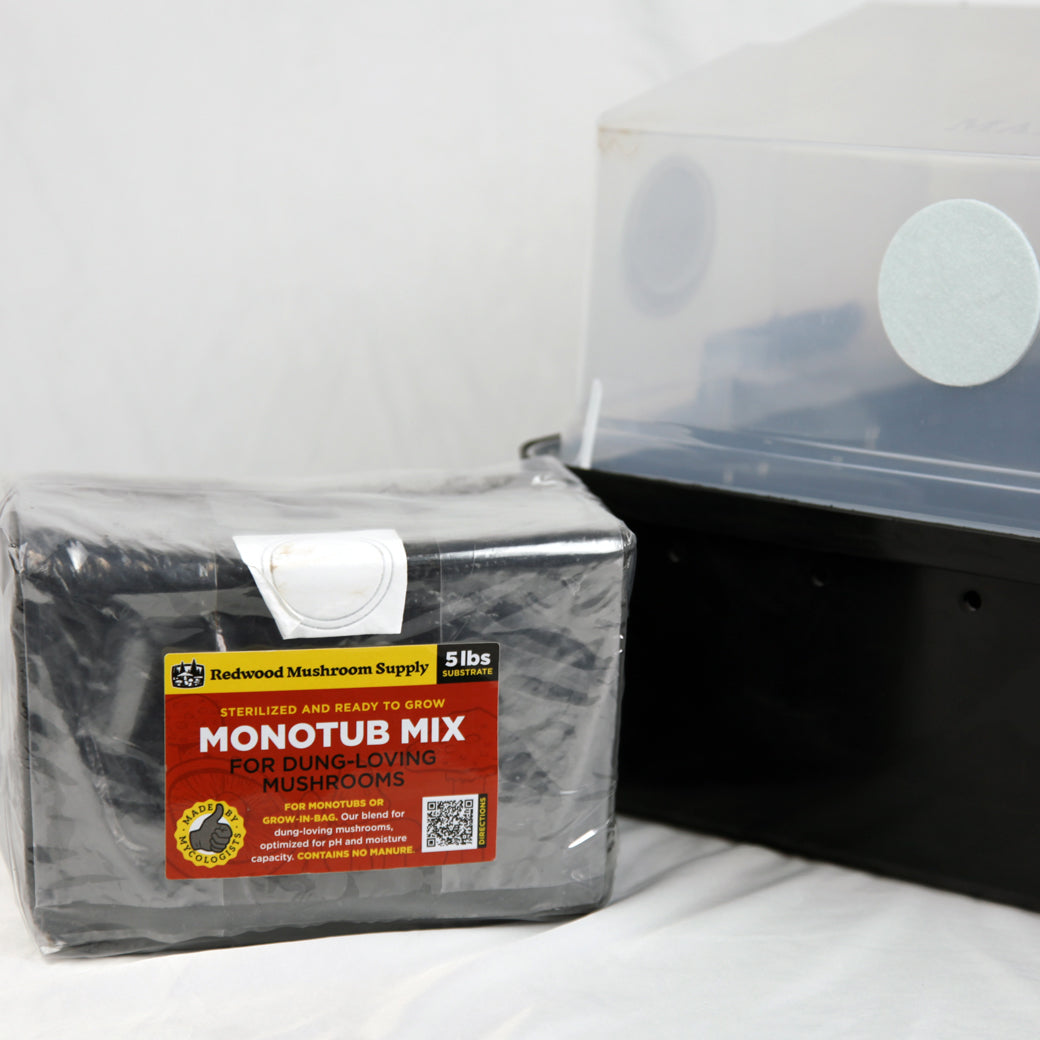

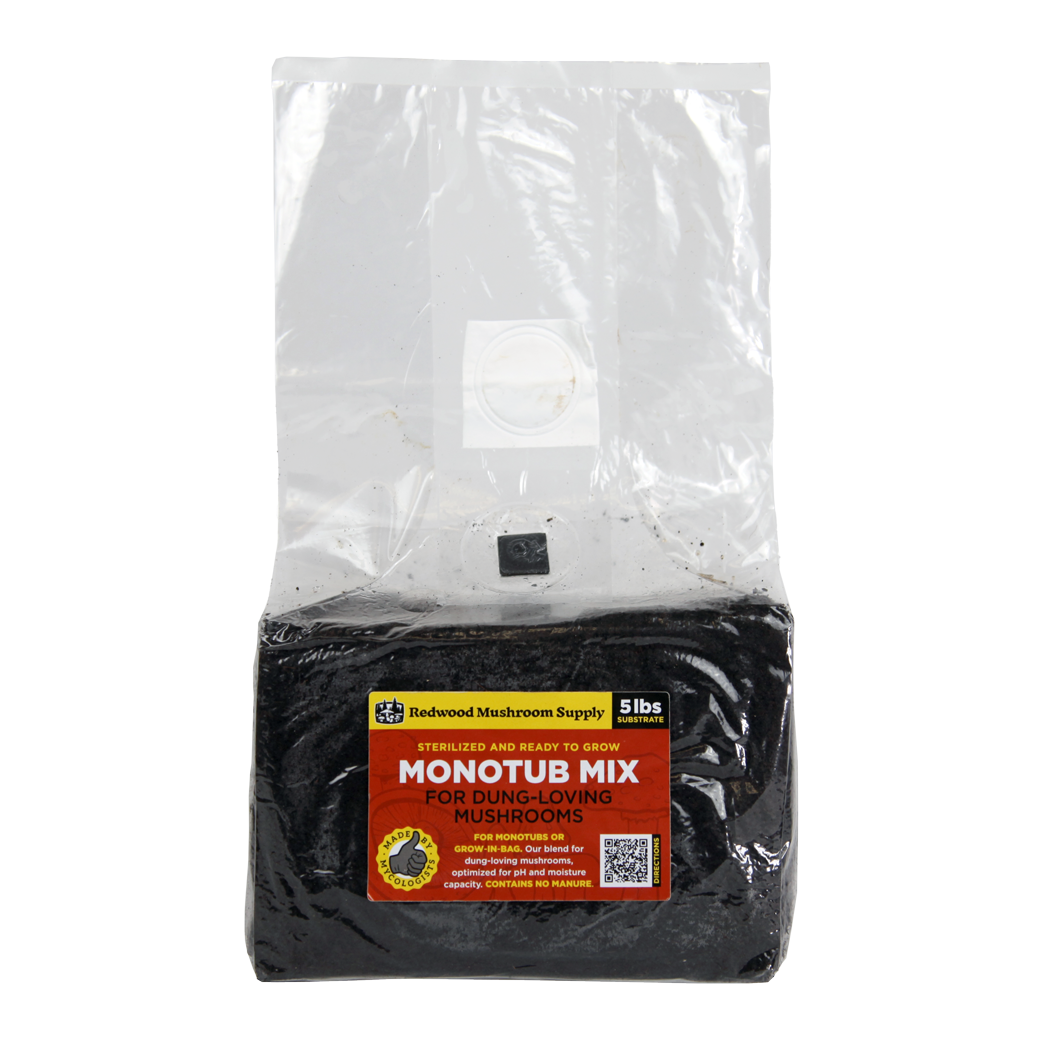













1 comment
I’m trying to use my imagination for these set ups but am struggling. You have any pictures of outdoor set ups? I am interested in trying to farm some mushrooms outside. I have a camphor tree I can grow them under. The tree repels flies and mosquitoes.
Any shared wisdom or links to pictures are appreciated